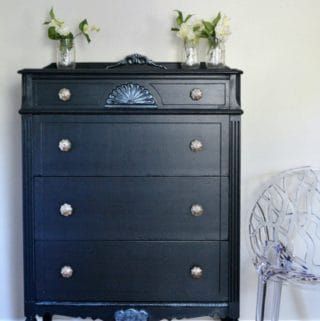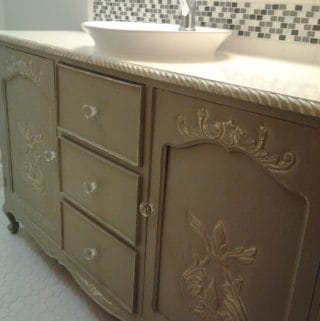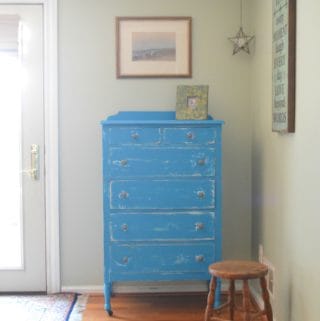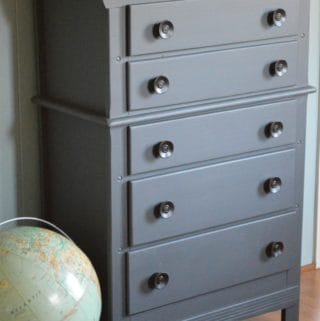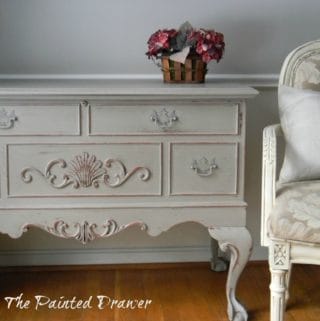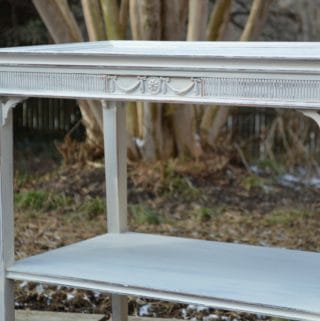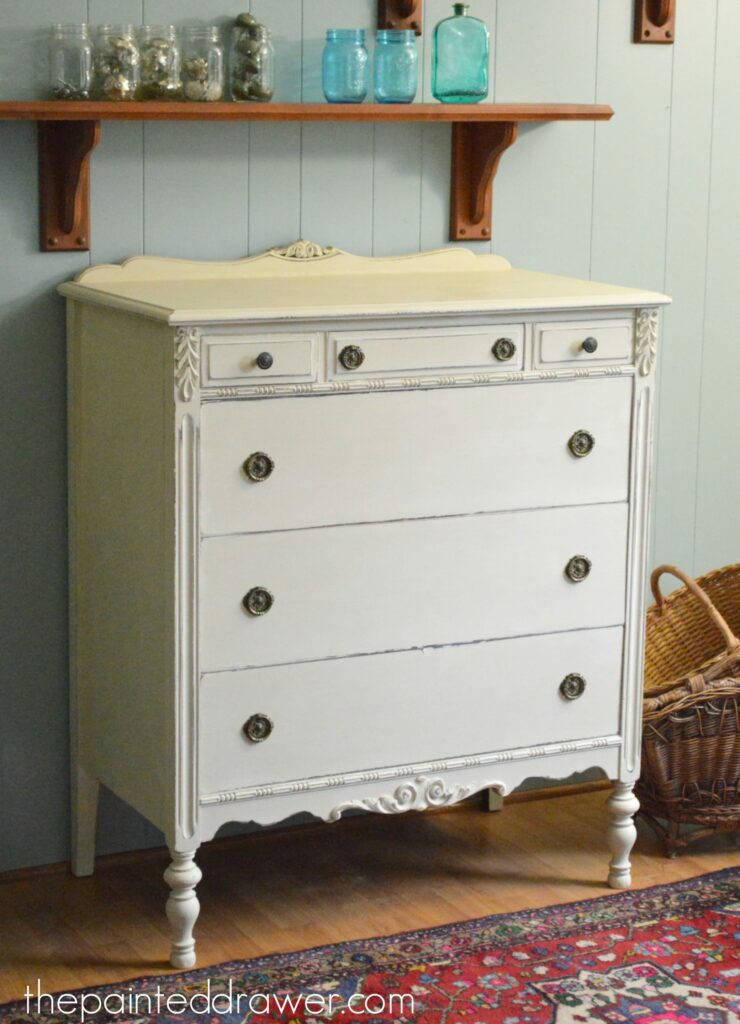Buying your first home can be an exciting experience. Aside from it being one of the biggest purchases of your life, owning your own home solidifies your status as a proper bonafide grown-up. Age makes you an adult, but the decisions you make as an adult can change you into a fully-fledged grown-up. Buying your own home is one of those moments. Taking on the responsibility of buying your first home and keeping up the repayments is huge and should never be done on a whim or if you are even slightly unsure.
Image Credit: Pexels CC0 License
So with this in mind, it makes sense that there are some areas you need to be aware of when looking for your home. After all, at this stage, chances are you will have your finances sorted and know exactly what your budget is, how much your mortgage is for, and what you need to pay back each month. As well as the implications should you fail to keep up your end of the bargain when it comes to paying your mortgage back.
As tempting as it is to buy your home with your heart, engaging your head and making a sensible choice is the best route to take. You need to go into this process with your eyes open and know exactly what you are getting yourself into before you sign on the dotted line. No one wants to buy their first home and find out it comes with some unexpected surprises afterwards.
Exterior
Before you even step foot indoors, take in what the property looks like from the outside. Look for cracks in the brickwork which could indicate a more serious problem such as subsidence. Have a good look, even touch the walls if you wish and see if you can easily spot anything which could be a potential issue.
Then, move your eyes and attention upwards towards the roof. Can you see any glaring issues? Holes? Problems with the guttering? Knowing what to expect can give you an idea of any repair costs and works needed once you become the proud new owners of your home.
Plumbing.
Plumbing is always a major area to check out if you are serious about purchasing the property. Don’t just turn the taps on and off – really get stuck in and check all aspects of the plumbing. From looking for leaks and/or mould around pipes to turning the boiler on and checking out how old it is and what state of repair it is in. The last thing you want to be doing when you move in is to have to look for a Hot Water Heater Repair or Service to fix a broken boiler or water heater. Ask for service statements and find out all you can about beforehand.
While you’re checking the plumbing out, cast your eye over the radiators too. Do they work as they should? Are they in need of replacement or can you fix any cosmetic issues with some TLC? If you are planning on replacing them anyway, there won’t be an issue, but knowing your house will be adequately heated during the colder months can take a massive weight off your mind.
Alternatively, if you are moving somewhere warm, check out the condition of any air conditioning unit installed in the property. If you are relying on it to cool you down, you don’t want to switch it on further down the line to find the system is broken and in need of repairs or replacing altogether.
Interior Cracks.
After checking the exterior of the house for cracks and damage, make sure you do the same on the inside too. Don’t be afraid of getting up close and personal and checking out any walls for cracks of structural damage.
If you can’t see anything, look for signs any issues may have been covered up and hidden from view. Look for fresh wallpaper or paint jobs or large furniture that may conceal something less than desirable.
Damp and Mould.
Utilise your sense when it comes to detecting damp and mould. Look for any signs such as water stains or marks or even water droplets on the walls. Something being wet that shouldn’t be wet is a major giveaway all is not as it should be. Focus on corners and exterior walls as this is where most of the issues tend to be.
Use your eyes, nose and fingers to explore any areas you think might be susceptible to damp. Bleach is frequently used to clean up black mould off walls, so a strong scent of bleach or bleach-containing products could be a giveaway.
Newly decorated areas and furniture in odd places or overly covered up areas could be hiding something the current owners don’t want you to see. A serious damp issue could cause you more issues than you might initially think. Rotten floorboards, crumbling plaster and/or brickwork are all problems caused by an untreated damp or mould issue. Not to mention the potential health implications of living in a home that is damp or has mould.
Insulation
How warm is the house? Is it colder than you would have thought it should be? A poorly insulated home could mean that it takes a lot to heat up and keep warm, meaning you may run into issues during the colder months.
A well-insulated house should have appropriate insulation around pipes, in any attic spaces, walls, basements and windows. This will help maintain an even temperature all year round as well as helping you to reduce your heating bills overall.
The main takeaway from buying your first home is not to be afraid to delve deeper. After all, if you choose to buy, any issues you don’t come across will then be yours to rectify and that is when things could get expensive.
Check out everything you can and make sure you ask the right questions. This, of course, doesn’t substitute getting a full home survey done but it will give you a more rounded view of the property you are looking at putting an offer on to make it your forever home!
Please note that some of the links above and below are affiliate links, and at no additional cost to you. All opinions are my own.


